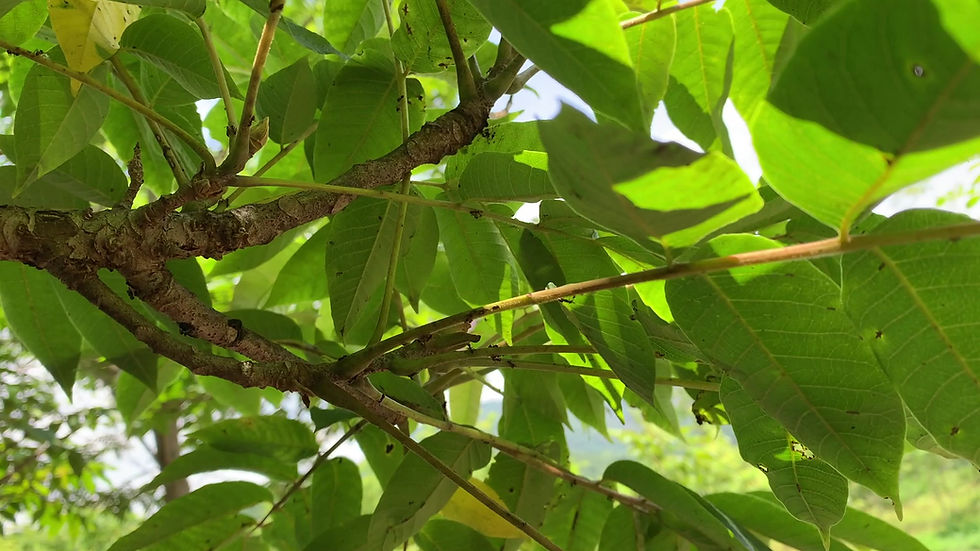Challenges & Efforts
In effort to revive and protect urushi craft trade, all restoration projects for Japan National Treasures and UNESCO WorldHeritage sites are required to use Japanese-grown urushi lacquer starting in 2018. The estimated annual demand for home-grown urushi will increase to 2.2 tons. The current supply is not meeting this demand.
Reliances on import will have to continue for decades. In recent years, we have experienced the fragility of global supply chain; in addition to the increase in production cost and the decrease in rural labor in China, sole reliance on import is not sustainable.

Nikko Toshogu Shrine

Re-Start, from 3%
The 3% urushi lacquer consumed in Japan are from Iwate and Ibaraki region, north of Tokyo. Daigo, a small rural town in Ibaraki Prefecture, is one of the few remaining towns that is working hard to sustain and expand beyond the "3%". The handful of urushi foresters are charging forward to increase production with ambitious target every year. However, forestry is a natural, slow process that will take years for their efforts to become fruitful.
Daigo Urushi
Daigo has the history and cultivation intelligence in place.
Urushi Forestry Masters are dedicated to teach and share their knowledge to the next generation cultivators.

Urushiol
The active ingredient of natural urushi tree sap is urushiol. This transparent substance is what makes Japanese lacquer uniquely durable, with high transparency and glossiness.
It is also the ingredient that gives you the "poison-oak" type of allergic reaction.
Raw urushi main composite:
Japan (Daigo Urushi)
Japan (other region)
China
Vietnam
Myanmar
72.3% urushiol
67.3% urushiol
65.0% urushiol
52.5% laccol
69.5% thitsiol
20.1% H2O
25.1% H2O
27.5% H2O
32.5% H2O
26.8% H20
Inactive ingredient of raw urushi includes small amount of gum (+/- 6%) and glycoprotein (less then 2%). Data provided by Ibaraki Prefecture Daigo Town
With the highest content in urushiol and lowest content in water, Daigo urushi cures to give high transparency, durability and beautiful luster finish.

